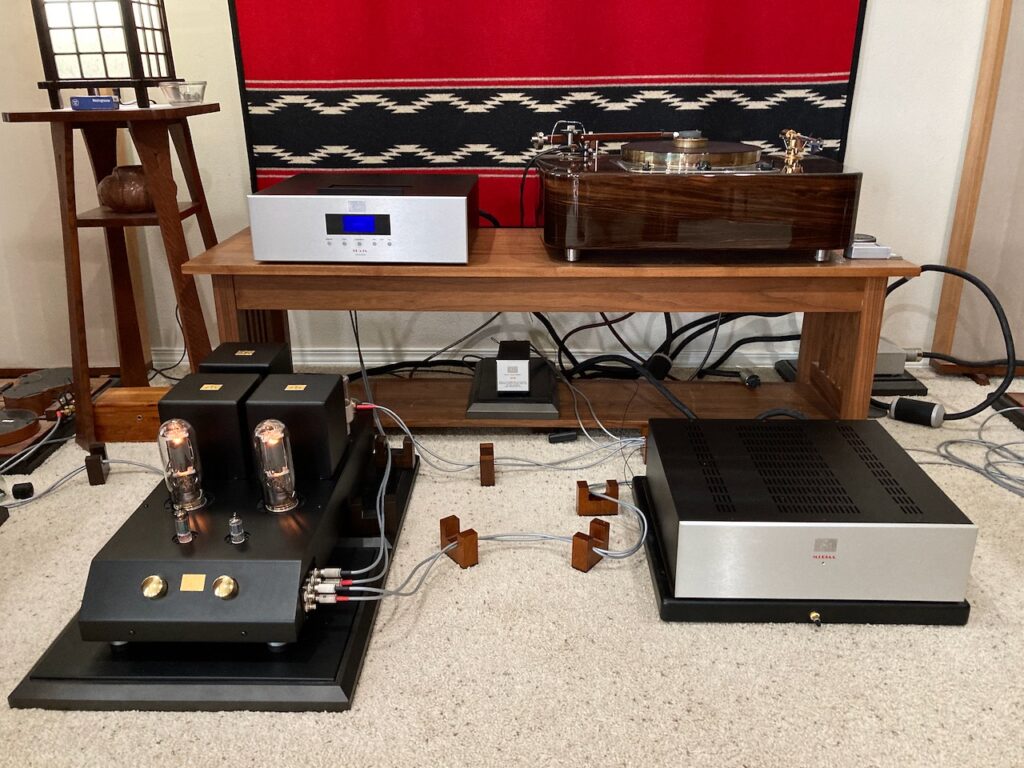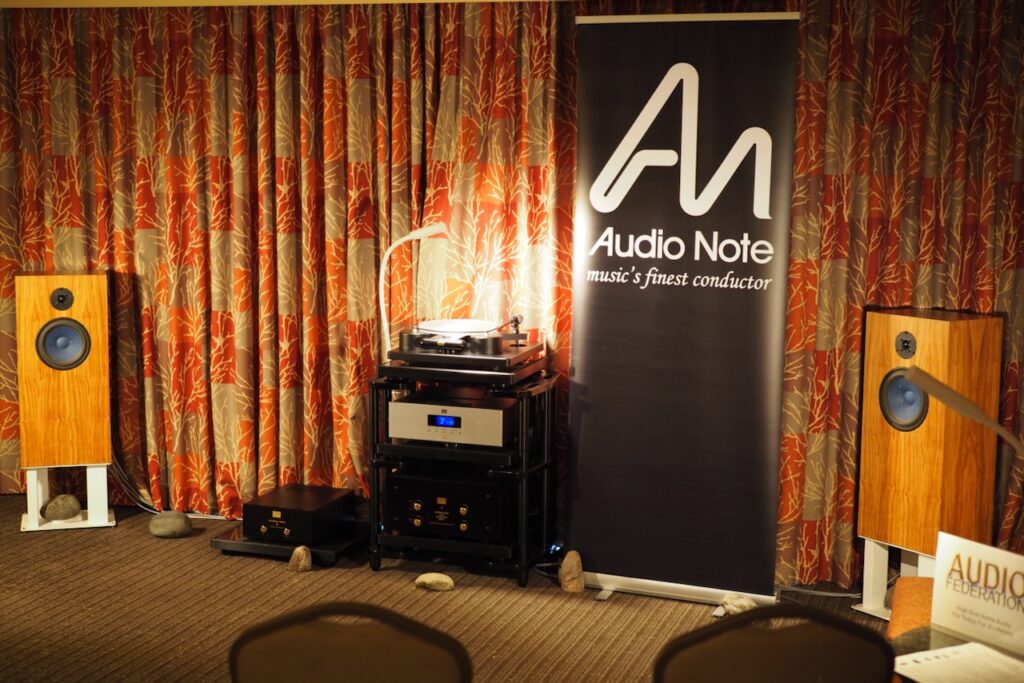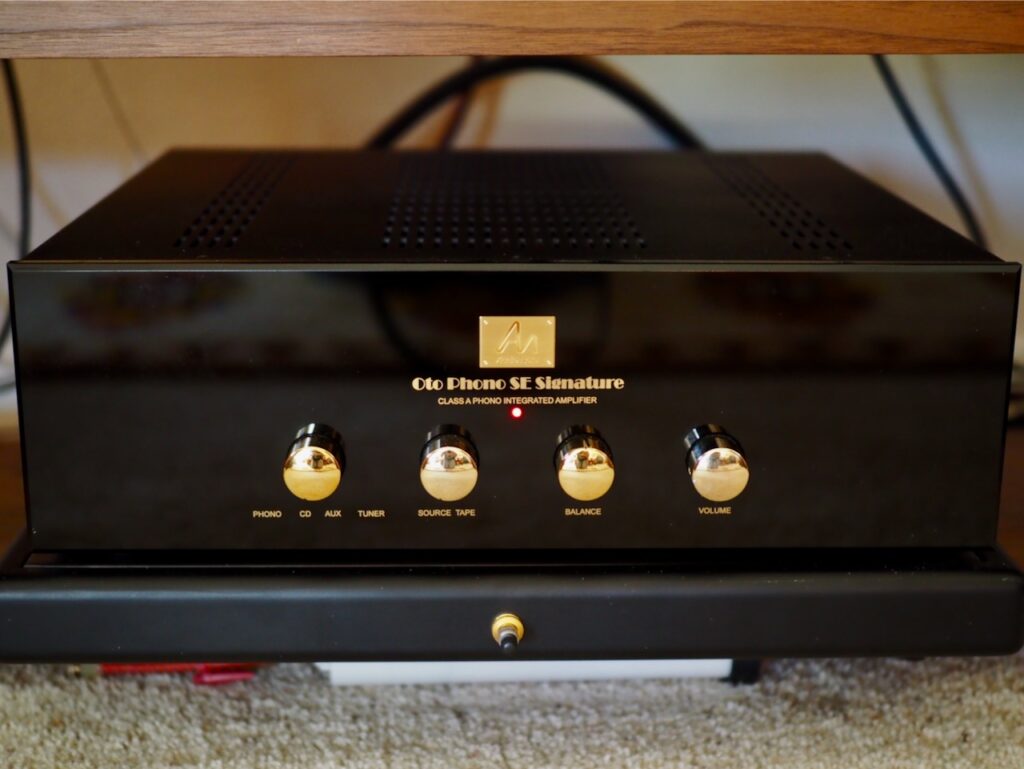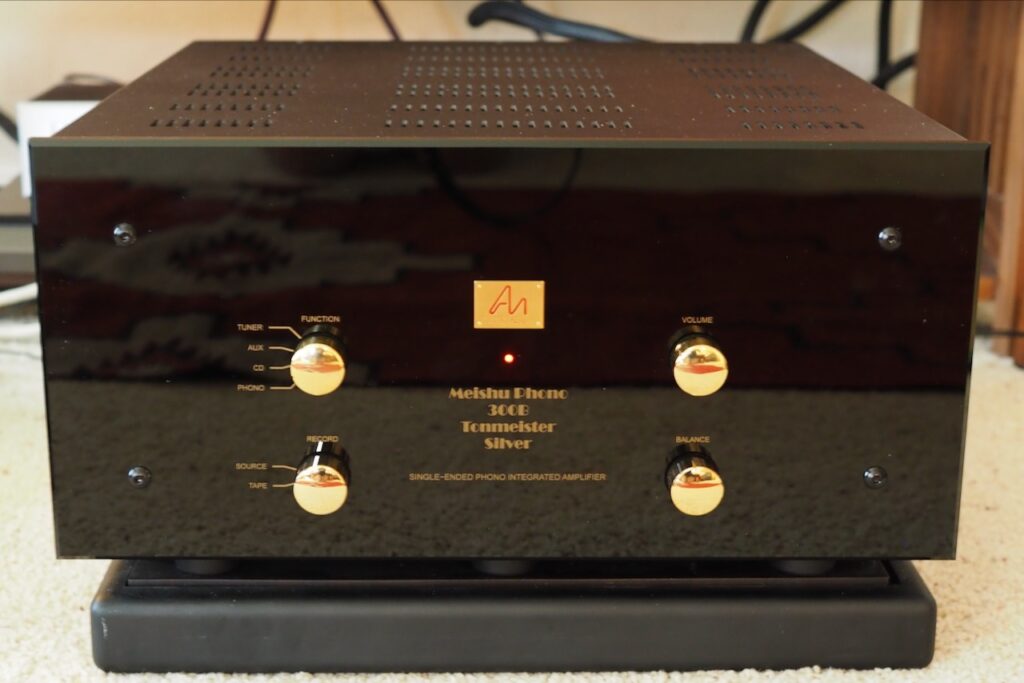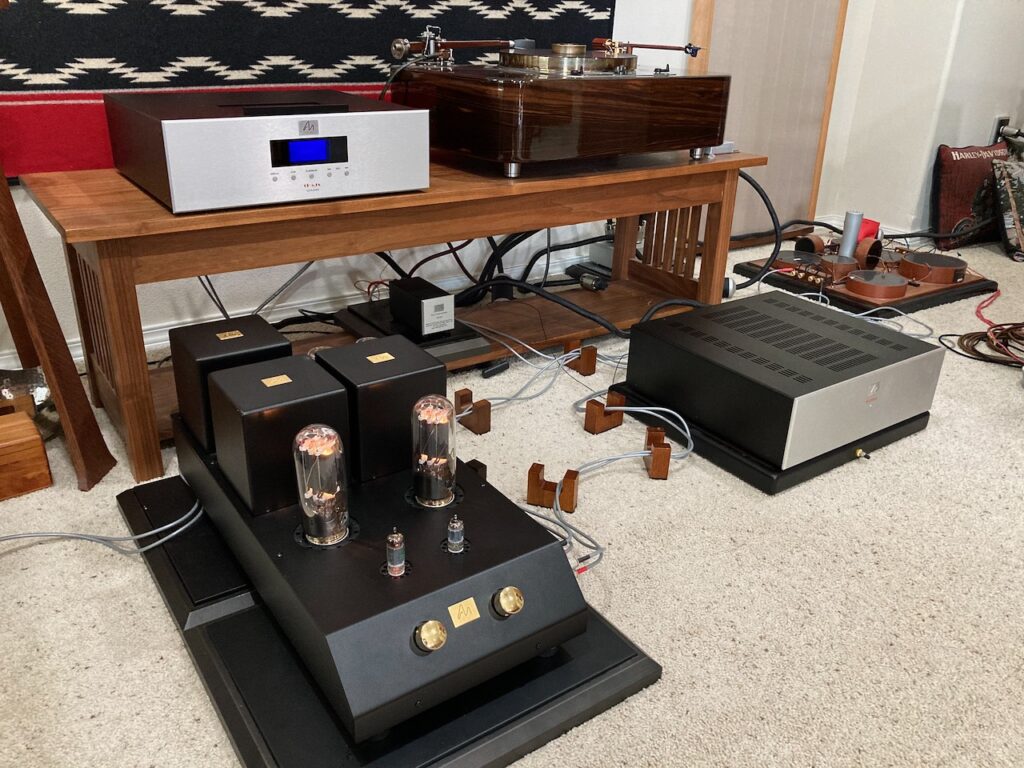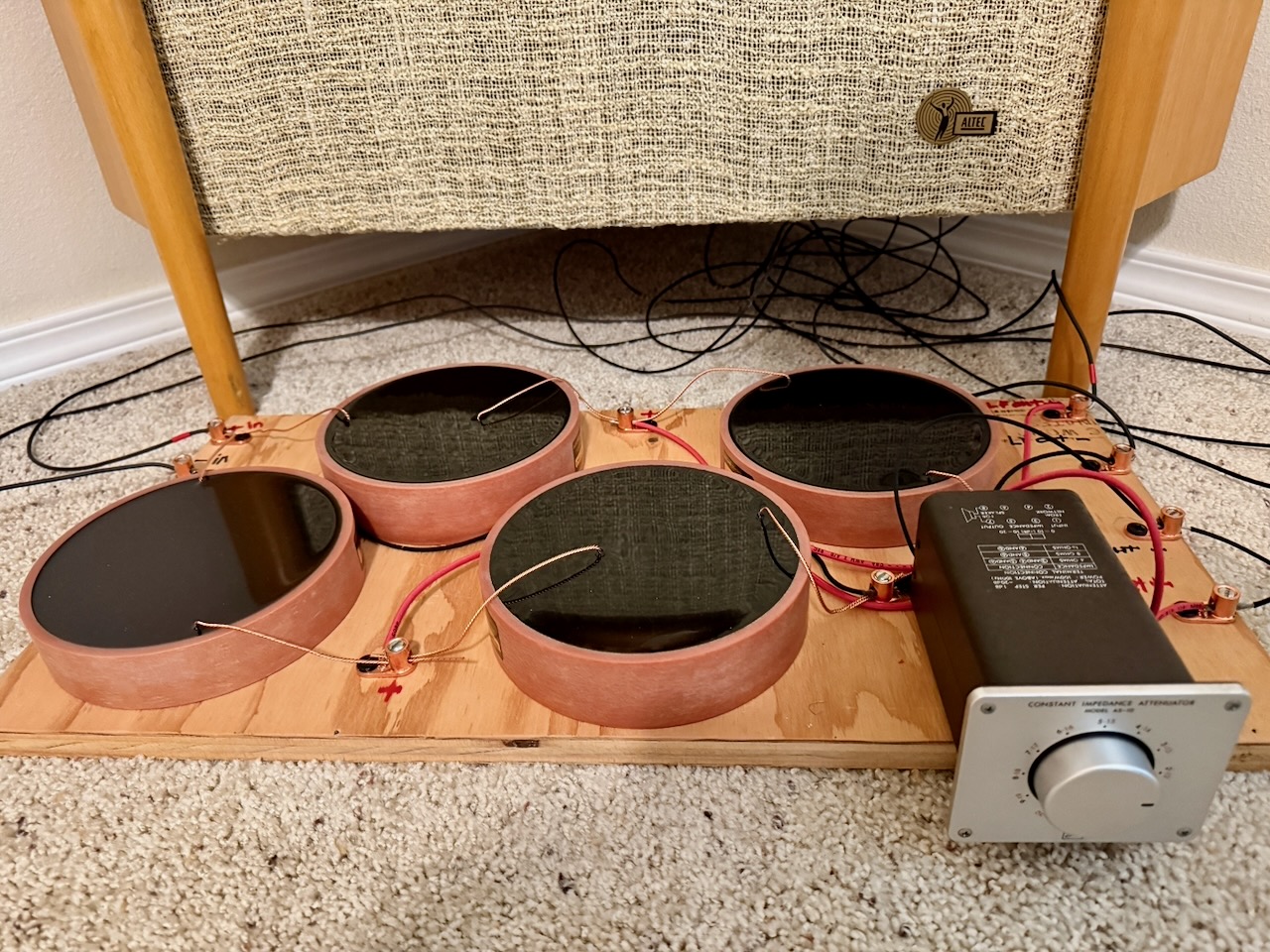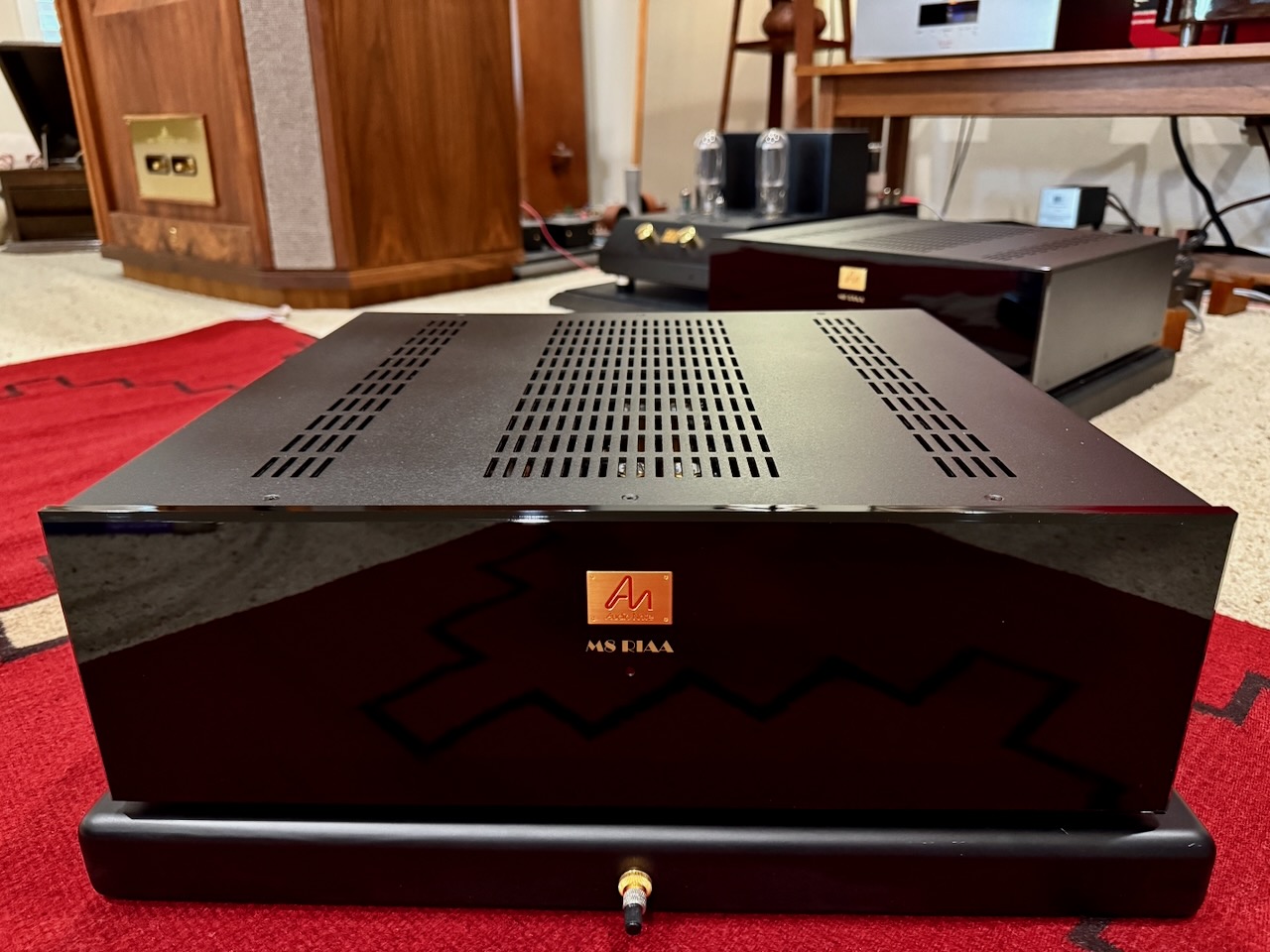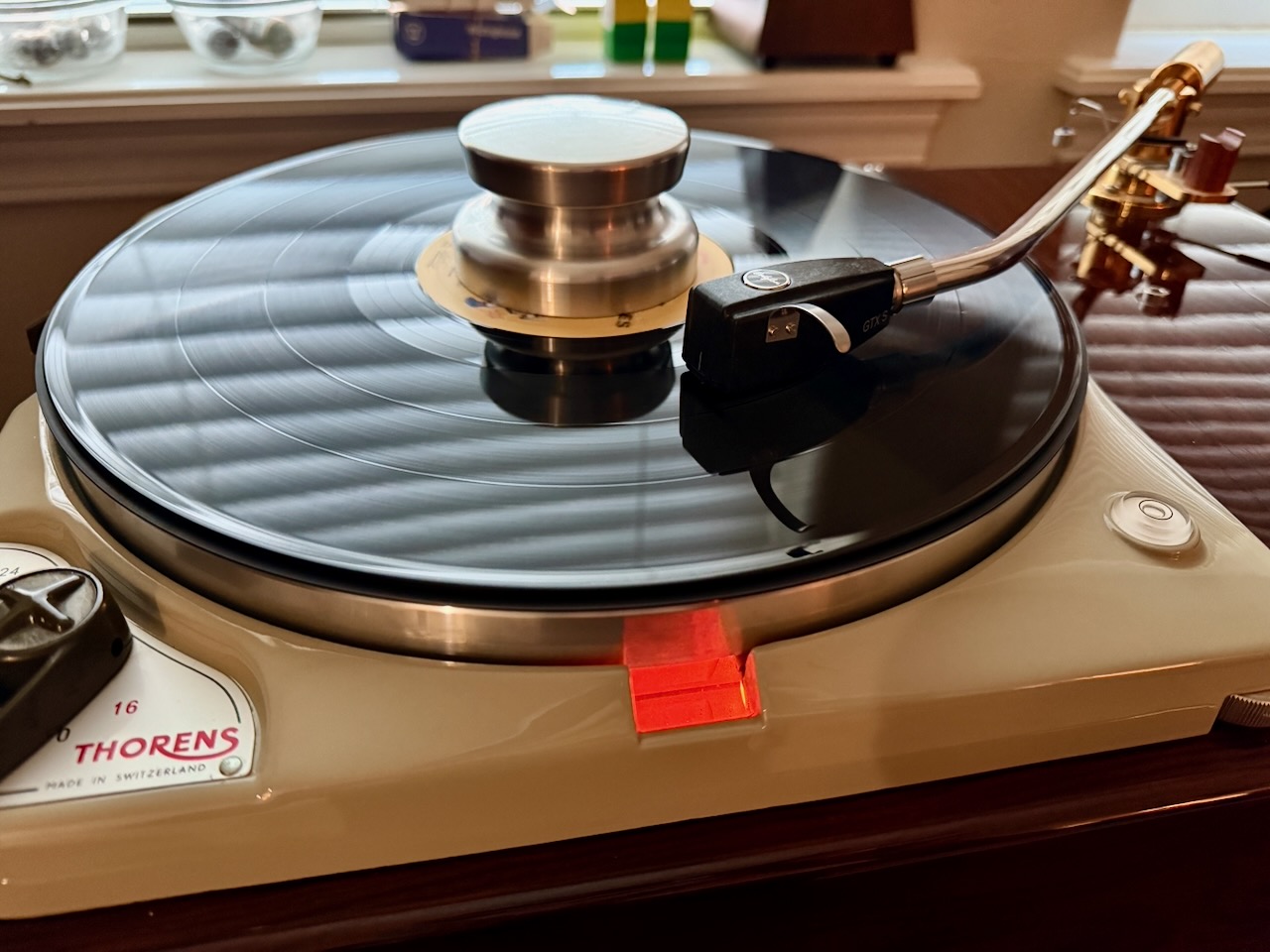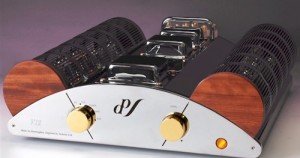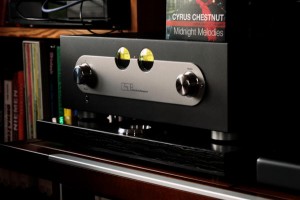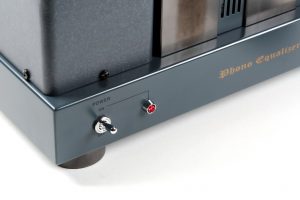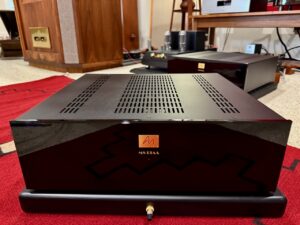I've been pondering how best to write up this article about my listening experiences with the Audio Note (UK) Tomei 211 single-ended-triode (SET) integrated amplifier, and M3 RIAA phono preamplifier, for a while now.
I'll start by saying the Tomei 211 integrated amplifier (left) and M3 RIAA phono preamplifier (right) are easily the highest performing amplification combination I have encountered, and they offer performance characteristics that extend well beyond normal HiFi considerations for the playback of recorded music in the home.
Before I go into detail about my perceptions of their performance, and the ways they break new ground in performance, let me give you a little background about how my performance perceptions have evolved as I have explored the Audio Note (UK) "performance level system" for integrated amplifiers.
Many audio enthusiasts piece together a complete audio system over time by choosing components that have reviewed well in audio publications. They choose loudspeakers from one manufacturer, amplification components from other manufacturers, source components from yet other manufacturers, and a cable loom from multiple other manufacturers.
All those components come from designers that have varying perspectives about what high-fidelity should be in audio, and that combined with the biases introduced by audio reviewers, means that the challenges associated with assembling a complete audio system with components that work well together are considerable.
Randomly assembling an audio system from audio components that have reviewed well in audio publications rarely works out well. In fact, some of the worst sounding audio systems I have heard followed an approach of picking system components from audio writers' recommended components lists with the hope that they will all work synergistically together to provide pleasing results.
A better approach than playing that potentially musically lethal form of audio Russian roulette is to discuss what you want in a home audio system with a knowledgeable audio dealer, one who can then guide you in building an audio system that matches your listening preferences, and budget, to give a satisfying result that you can enjoy for years to come.
Essentially, that latter guided approach is at the heart of Peter Qvortrup's "performance level system" philosophy for putting together a satisfying home audio system with his Audio Note (UK) components.
The goal of Peter's "performance level system" is to help Audio Note (UK) customers and dealers build satisfying audio systems by combining simpatico components at complementary levels of performance and price, from source to loudspeakers (and everything in between).
Peter eliminates perhaps the biggest variable of all in building a home audio system—the variability in component voicing from different audio designers—by designing components that are all optimized to work synergistically with each other, from sources to loudspeakers, to create a complete audio system.
For each component at a given performance level, the design process starts with a circuit that is as "un-contaminating as possible" in order to preserve the purity of the source signal.
The circuit is then built up by choosing circuit components by ear that are the most complimentary in terms of meeting Peter's priorities of accuracy, authenticity, and authority at a given price-performance level in the playback of recordings.
But that's not all, because as the design process proceeds, the voicing process for components is according to Peter's "comparison by contrast" method, where the components are optimized to play back recordings across a wide variety of musical genres, and eras of the recording arts, in order to provide listeners with the best possible music listening experience for whatever kind of music they enjoy listening to.
The above research and development process implies that not only are individual components tuned by ear, but also the entire audio system Level is tuned by ear, from source to loudspeakers, which requires "… time, knowledge, good ears, patience—and a good system in which to insert the unit and listen to it," according to Andy Groves, Audio Note (UK) Designer in Chief.
There are seven levels of performance in the Audio Note (UK) product lines, from Zero to Six.
As one ascends up through the "performance level system", each successive level is designed "... to ever greater levels of ability to contrast dynamics, timbre and recording quality …", in order to provide listeners the "best of what the artists and their art can provide" from their albums, at that particular cost-performance level.
If you are a regular reader of my articles, you know I am a huge fan of high-performance integrated amplifiers, and I believe they are the best choice for most audio enthusiasts seeking to build a high-fidelity audio system.
With a high-performance integrated amplifier you can eliminate the complexity of separate components (e.g. separate preamplifiers combined with stereo or monaural amplifiers), and the additional interconnects and power cords needed to connect them.
Chances are, for the same amount of money spent on a high-performance integrated amplifier based audio system, compared to the same amount of money spent on a separate components based audio system, you will realize a higher level of performance with an integrated amplifier based audio system.
There's also fewer potential interface issues with integrated amplifiers, less components to malfunction and maintain, lesser amounts of costly interconnects and power cables needed, as well as the other accessories needed to complete the system.
In my previous articles about the Audio Note (UK) Level 2 Oto Phono SE Signature (above) and the Level 3 Meishu Phono Silver Tonmeister 300B integrated amplifiers (below), they both included internal phono preamplifiers complimentary to their performance level.
However, with the Level 4 Tomei 211 SET integrated amplifier, it is simply too large and heavy to fit a phono preamplifier into its chassis as ambitious as the Level 3 M3 RIAA phono preamplifier.
So, for this article I will be writing about the Tomei 211 SET and M3 RIAA as an "integrated amplifier" pairing so I can offer impressions about their performance in comparison to that of the Meishu Phono Silver Tonmeister 300B integrated amplifier that I previously reviewed.




